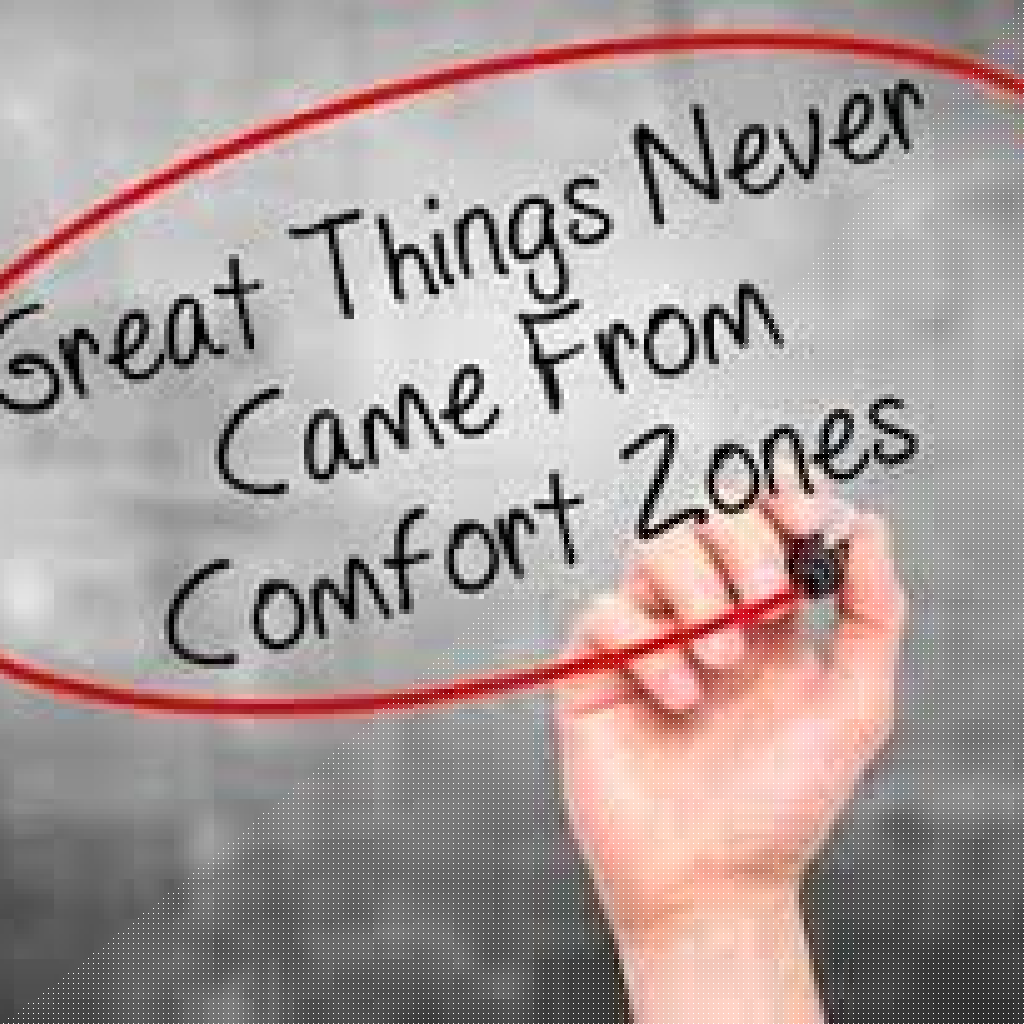Key Takeaways:
- Effective management practices significantly enhance employee engagement and overall team performance.
- Building strong workplace relationships is essential for thriving business communication and achieving organizational success.
In today’s fast-paced business environment, effective hiring and training practices are critical for creating a high-performing workforce. Managers face numerous challenges, from attracting the right talent to ensuring that new hires are adequately trained to meet organizational goals. This article discusses actionable strategies that managers can implement to enhance their hiring and training processes, thus building a more effective team.
The Importance of Hiring the Right People
One of the foundational elements of successful management is hiring the right people. A poor hiring decision can lead to low employee morale, decreased productivity, and a significant drain on resources. Therefore, aligning hiring practices with organizational values and goals is essential.
How can I attract top talent?
Managers should adopt multiple strategies to attract top talent. This includes creating a compelling job description that highlights not only the responsibilities of the role but also the culture and values of the company. Use clear language and focus on the benefits of working with your organization, such as opportunities for professional growth, work-life balance, and a positive work environment.
Leverage platforms beyond traditional job boards, like social media and professional networking sites, to reach a larger audience. Engaging your current employees in the recruitment process can also yield great results. Employee referral programs incentivize staff to share job openings with their network, tapping into a pool of potential candidates who are likely to fit well with your company culture.
Streamlining the Hiring Process
Once you attract candidates, it’s vital to have a streamlined hiring process. A long and cumbersome interview process can lead to losing interest from top candidates. Consider implementing structured interviews, where all candidates are asked the same set of questions. This not only helps in more effectively comparing candidates but also in minimizing biases that can creep into the hiring process.
Incorporating practical assessments or role-specific tasks during the interview can reveal a candidate’s skills in real-time. For instance, if you’re hiring for a sales position, consider asking candidates to conduct a mock sales call. This approach provides insights into their thought processes and how they engage with potential clients, giving you a better gauge of their fit for the role.
Should I include diverse interview panels?
Diversity in hiring panels is essential for creating an inclusive workplace. It demonstrates that your organization values a range of perspectives and experiences. Diverse panels can help mitigate biases in hiring decisions, helping managers evaluate candidates more fairly based on their skills and abilities.
The Training Process: Setting New Employees Up for Success
Upon hiring the right individuals, training becomes crucial in ensuring they are set up for success. A robust onboarding process is necessary for acclimatizing new employees to their roles while also integrating them into the company culture.
What are the best practices for effective training?
Effective training should begin with a structured onboarding program that outlines the new hire’s first week or month. This includes introducing them to team members, setting clear expectations, and providing necessary resources or tools. Mentorship programs can also be incredibly beneficial; pairing new employees with seasoned team members can facilitate learning and make the onboarding process smoother.
Utilize a blended approach for training, combining on-the-job training with workshops, online courses, and self-directed learning. This flexibility allows new hires to learn at their own pace while still receiving guidance from their managers and colleagues.
Feedback during the training process is essential. Regular check-ins can help assess how new employees are acclimating and provide an opportunity to address any challenges they might be facing. Constructive feedback can bolster their confidence and encourage ongoing development.
Measuring Training Effectiveness
Once training is initiated, managers should measure its effectiveness. This can be achieved through performance metrics and regular feedback sessions. By analyzing the performance of new hires and comparing it with expectations, managers can identify which aspects of the training were effective and which need improvement.
How can I improve my training programs over time?
Engaging current employees in the evaluation process can help gather insights on what works and what doesn’t. Surveys, focus groups, or one-on-one meetings provide platforms for employees to voice their opinions and suggest improvements, making them feel valued.
Incorporating feedback into future training programs leads to continual growth and the development of a comprehensive training strategy that evolves with the company’s needs and the market landscape.
Conclusion
In summary, effective hiring and training are cornerstones of successful management practices. By focusing on attracting the right talent, streamlining the hiring process, and ensuring a robust training regime, managers can build and nurture high-performing teams that contribute to the overall success of their organizations. Continuous evaluation and adaptation of these processes are key to staying ahead in today’s competitive business environment.













